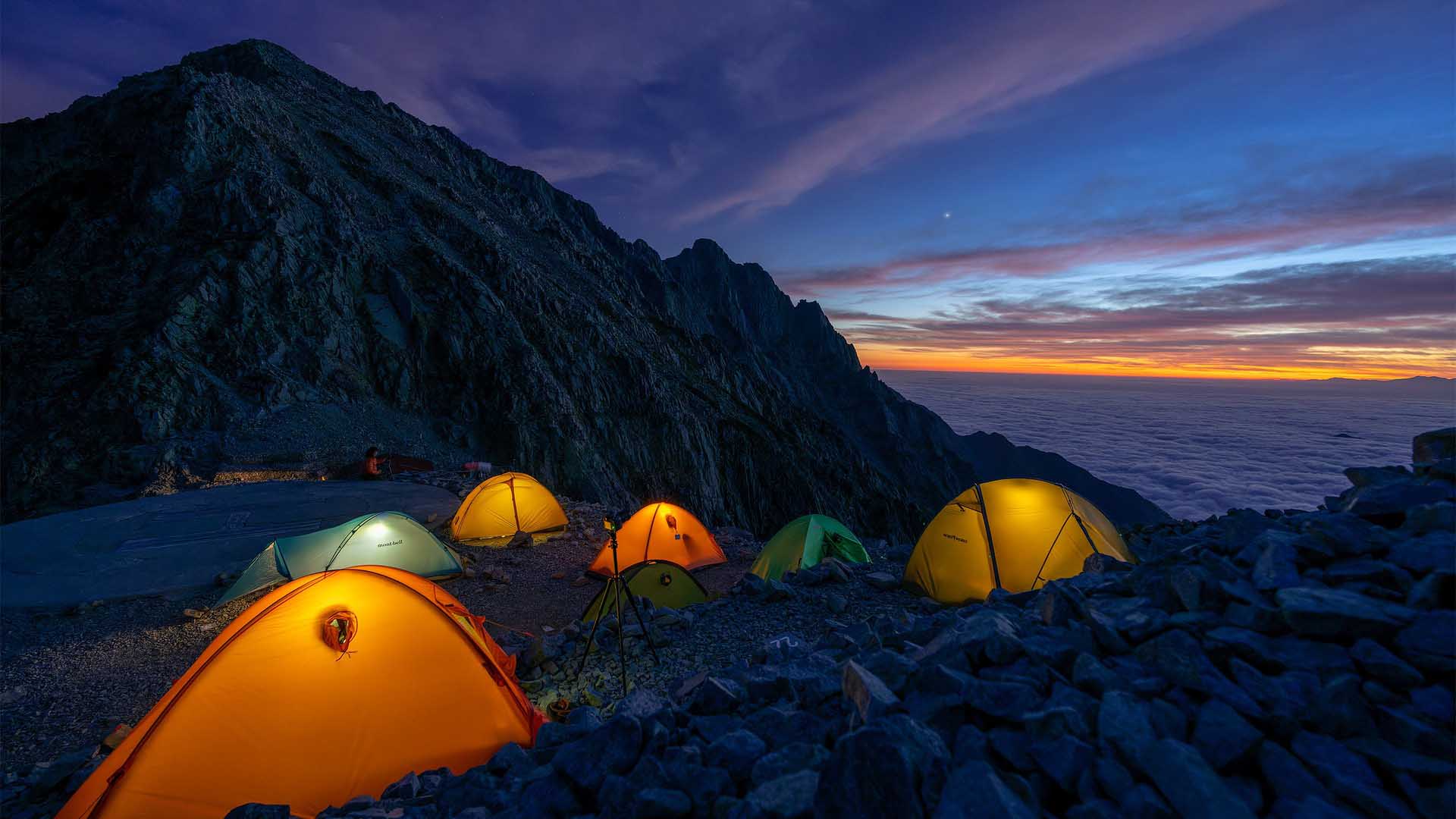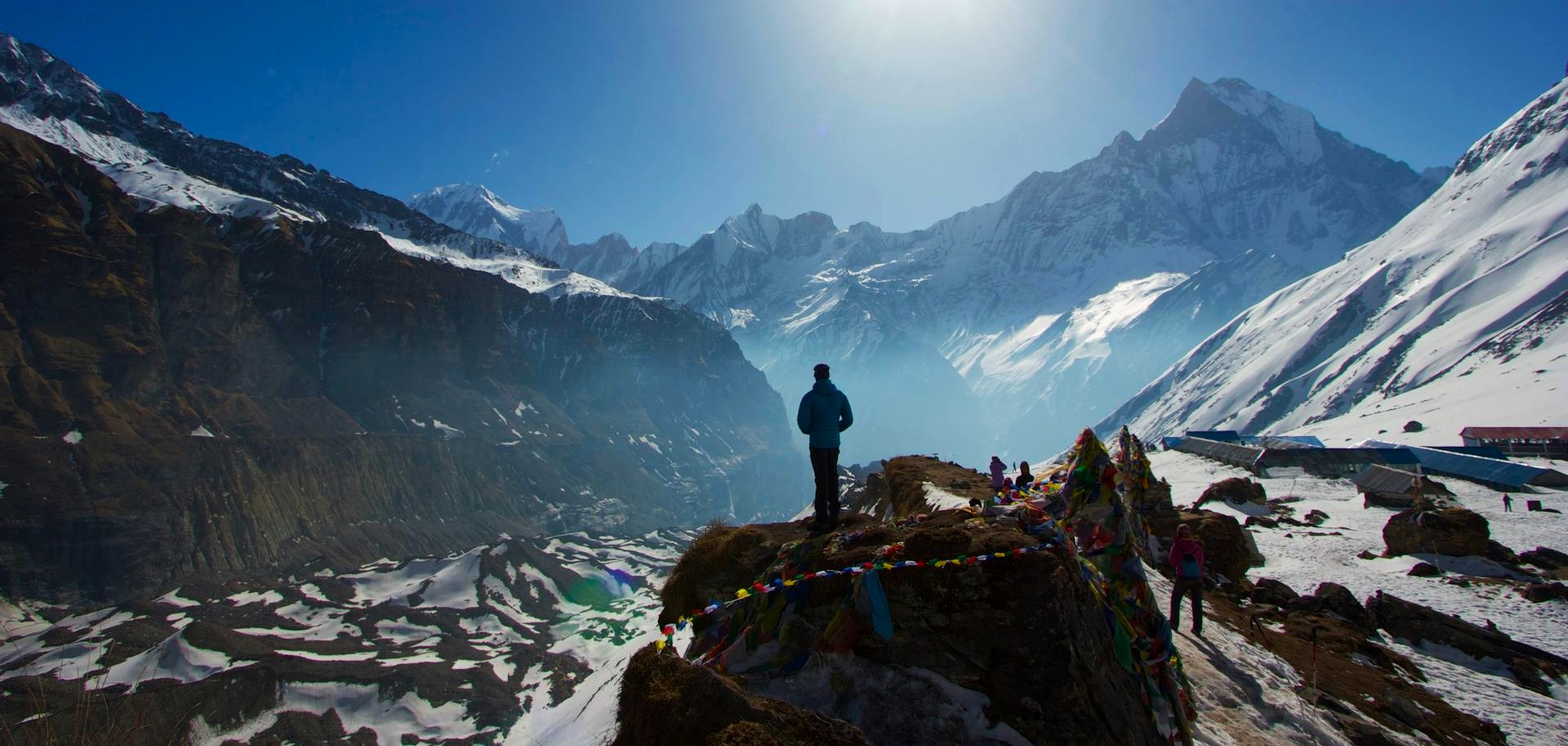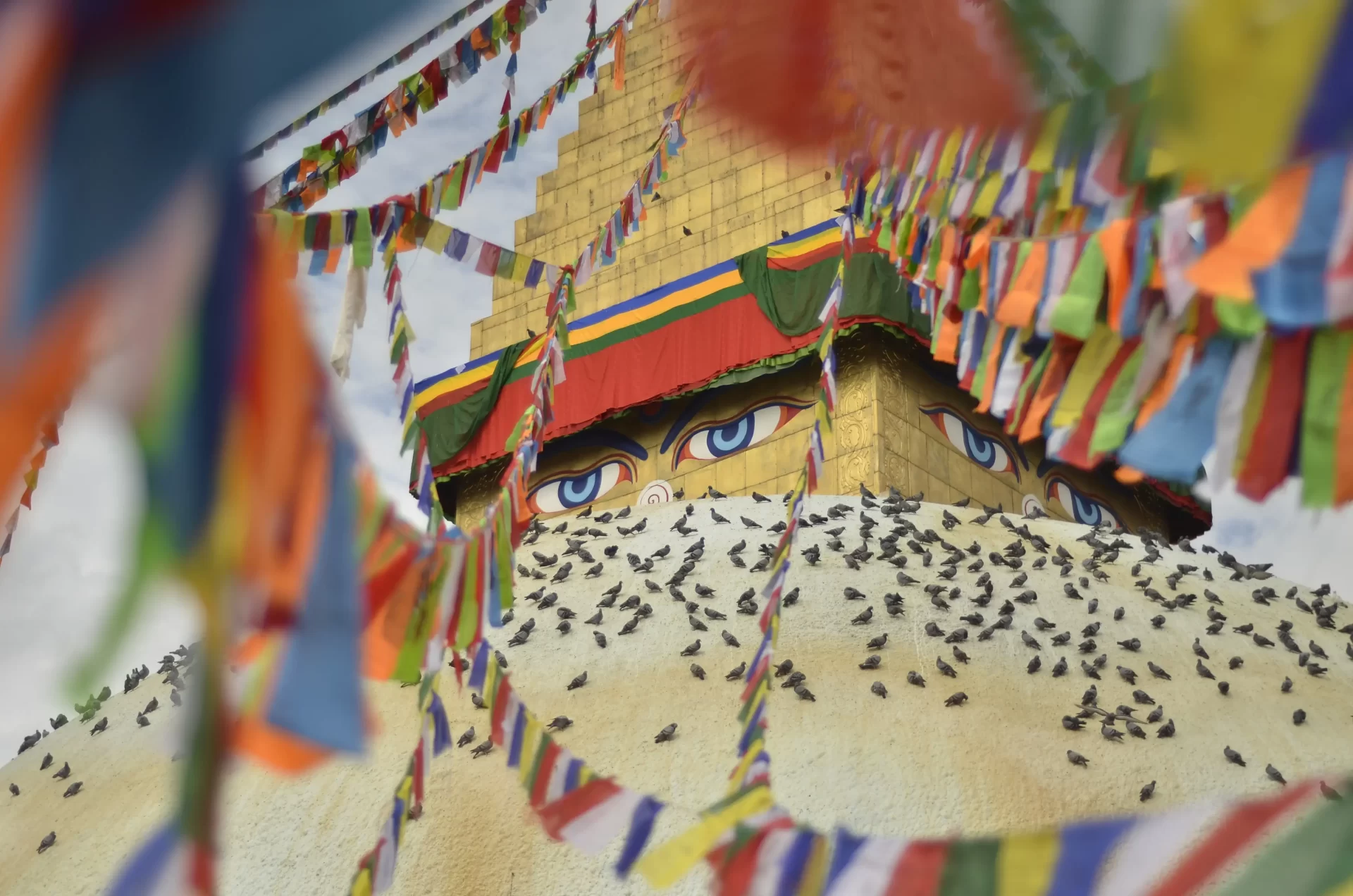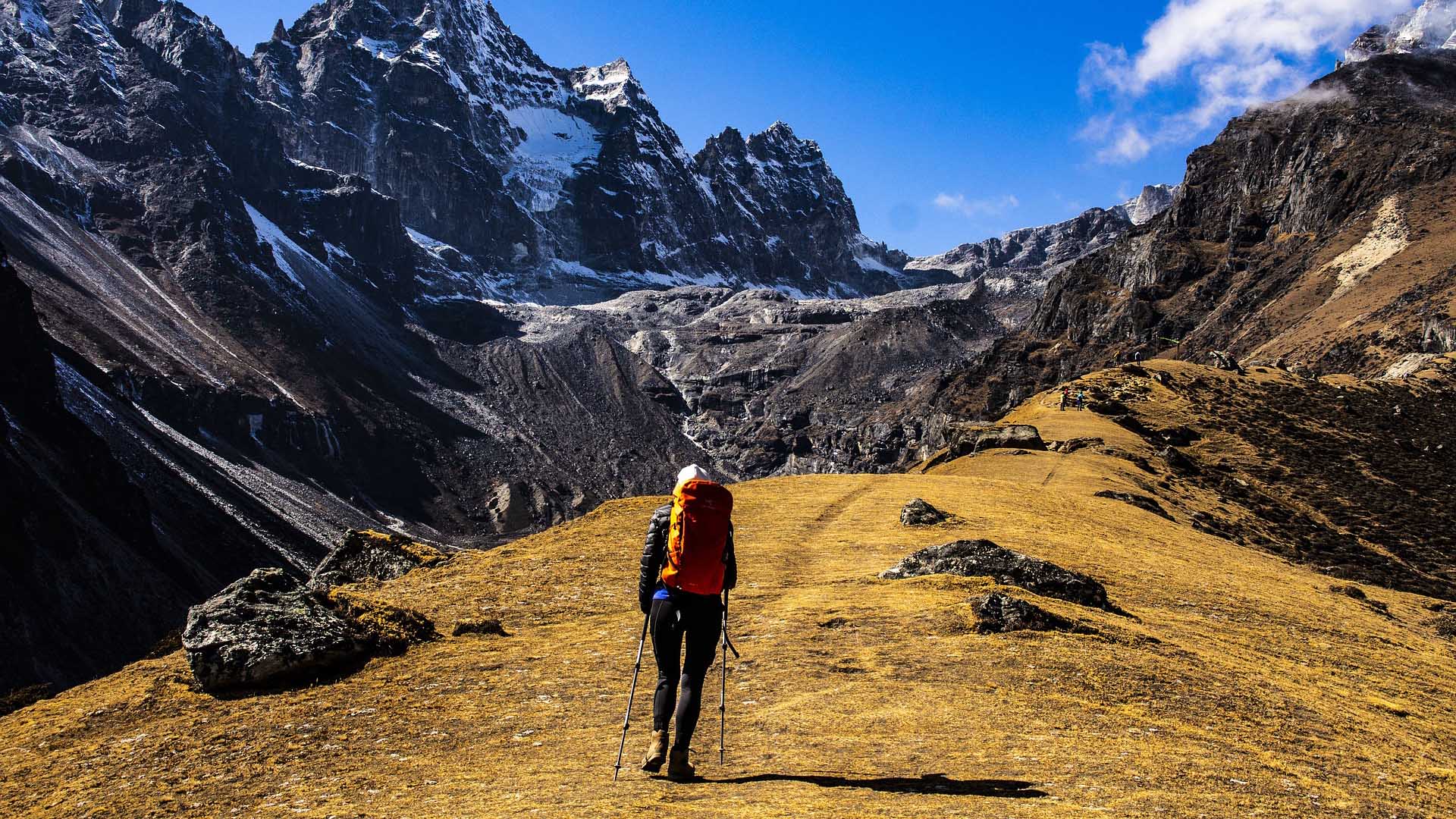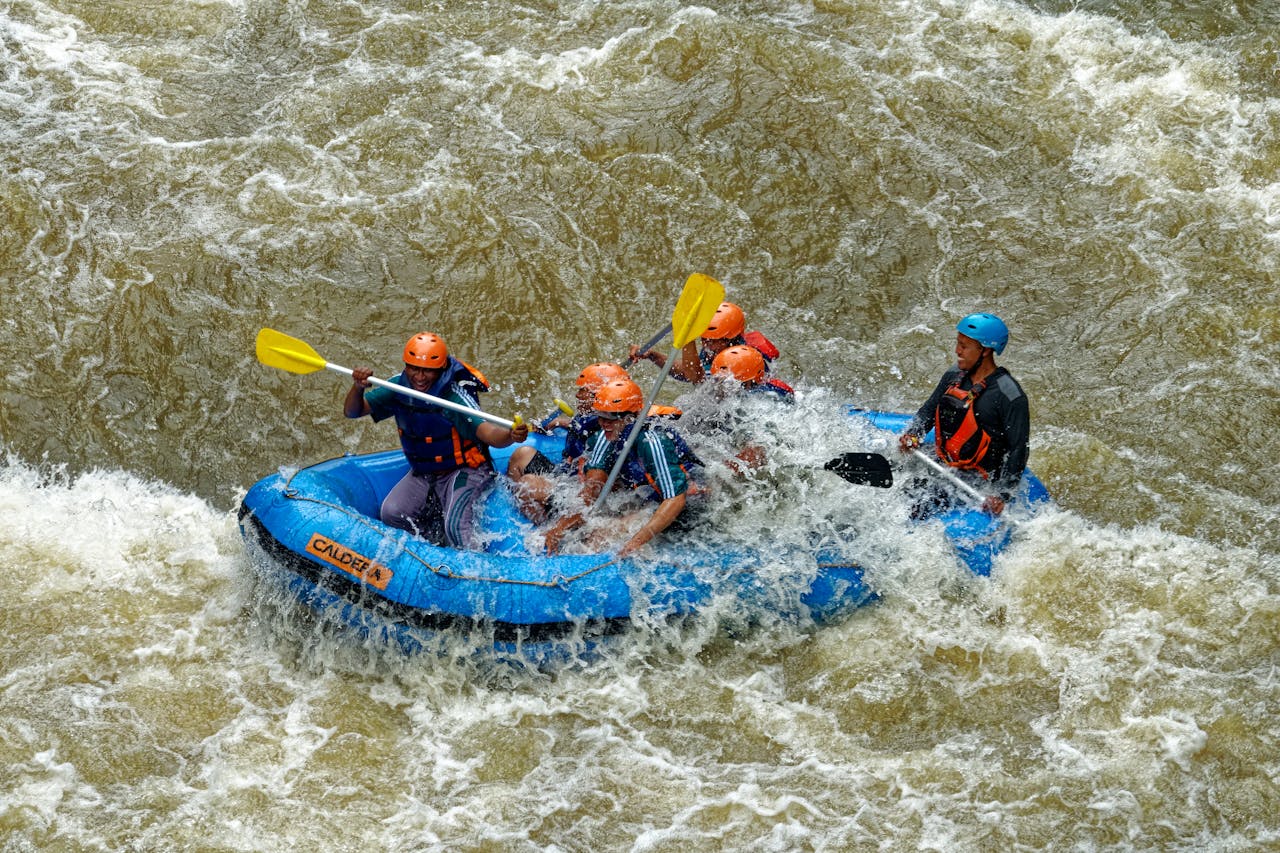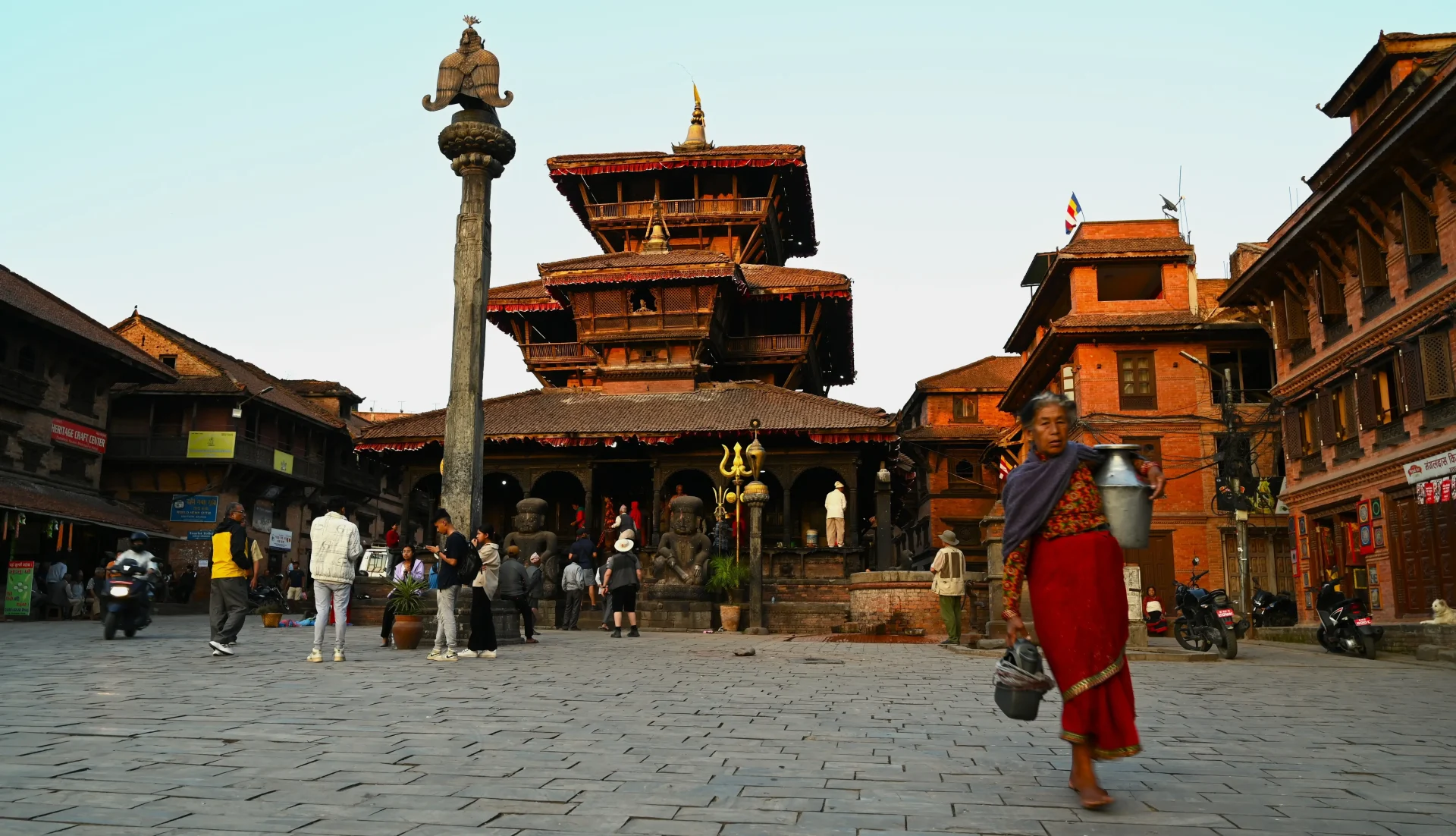Peak Climbing
Being home to more than 90 peaks exceeding an altitude of 7000 meters elevation from sea level, the land of the Himalayas is undoubtedly a must location for peak climbing. Every year, thousands of expedites visit Nepal to summit many of the tallest mountain peaks in the country.
As the highest peak in the world, Everest is quite a popular choice among many, but it isn’t the only option. Nepal is home to eight of the tallest mountains in the world, including Annapurna, the first one to be summited. Many other peaks, including Island Peak, Ama Dablam, Lobuche, Yala Peak, Pisan Peak, etc., are equally popular among climbers for their specific essence.
People often confuse peak climbing with trekking, which are two different things. The Mountaineering Association of Nepal has officially classified these high mountains into Expedition and Trekking peaks. Expedition peaks usually require technical climbing skills and are challenging, whereas trekking peaks are easy to moderate and don’t require technicality while ascending.
Popular Peak Climbing Destinations
Nepal is a mountaineer’s paradise, so peak climbing here has a plethora of options. Regardless of your physical and prior training, if you make up your mind, you can climb a peak in the country.
Mera Peak
Located in the Sagarmatha zone, the Mera Peak is one of the peaks of the Mahalangur ranges in the Himalayan region of Nepal. At 6476 meters above sea level, it is also one of the highest trekking peaks.
Even though it isn’t that hard for an experienced trekker to climb, technical knowledge helps you get through a few rugged terrains on the trail. You can enjoy jaw-dropping views of five eight-thousanders of the region from the top of this peak. On a clear day, you will most likely see Mount Everest, Lhotse, Cho Oyu, Makalu, and Kanchenjunga.
Lobuche Peak
If you can’t summit Everest but want to see it up close, you can try climbing Lobuche Peak. Donning an altitude of 6119 meters from sea level, Lobuche is an alluring yet slightly challenging peak to ascend. In fact, if you are a beginner with a vision to ace an expedition, then it’s best to begin with this peak.
You will experience the highlights of trekking through the Everest region’s monasteries, National parks, and high-suspension bridges. You will be amazed at the breathtaking view of Everest, which is just 13 kilometers away from this peak. Similarly, the sight of surrounding peaks like Mount Lhotse, Mount Ama Dablam, Lhotse, and Nuptse of the Khumbu region is like the icing on the cake of this experience.
Island Peak
Often known as Imja Tse, the Island Peak is also a mountain located in the Khumbu region. In fact, the peak falls inside the perimeter of Sagarmatha National Park, which not only offers mesmerizing mountain views but also offers an experience of the region’s rich biodiversity. It also offers a fascinating view of the Lhotse Glacier, along with many other glacial lakes surrounding the perimeter.
With an altitude of 6189 meters from sea level, Island Peak offers the best views of the southern faces of Everest and Lhotse. Along with this, you will also catch a glimpse of Ama Dablam and Makalu after summiting this peak.
Ama Dablam
Want to experience the snow on a peak? If so, make a plan to climb to the peak of Ama Dablam, which is the dream of many alpine lovers. Nestled in the Khumbu region alongside the peak of the world, this peak is one of the most sought-after expedites.
The name of this peak translates to “Mother’s Necklace,” and it is also known as “Matterhorn of Himalaya.” The reason behind this translation is the peak’s outlook, which looks like a mother protecting her child. Ama Dablam stands tall at 6814 meters from sea level and offers a view of all the peaks of the Khumbu region.
Pisang Peak
If you want to divert away from the mainstream peaks and enjoy a more peaceful climb away from a crowd of people, then Pisang Peak is your peak to go. Located in the northern part of Manang district, it has an elevation of 6091 meters from the sea level.
Among the peaks open for climbing, Pisang is comparatively easier to climb and also has good camping sites. You will get to enjoy the beauty of Pisang village along with the snow-capped Annapurna Mountain range and a trek through the Manang Valley.
Things to Do Before Peak Climbing in Nepal
Climbing to a peak over 6000 meters sounds fascinating, but you also need to take care of a few things before climbing. Here’s a list of a bunch of things to do before climbing any peak in Nepal:
Book in Advance
As soon as the climbing season approaches, passionate travelers from around the world come to this little landlocked South Asian country. Even though you will still find last-minute deals on many expeditions, booking everything in advance is better to ensure your peak climbing goes smoothly.
It is better to take at least 3 to 6 months to do good research and book your adventure with a reliable company instead of just going there and searching for one. You can contact Awesome Holidays Nepal to ensure your trip to Nepal is booked and well-managed.
Train Your Body
Climbing a peak requires physical and mental strength. You will have to challenge the altitude and the often tougher weather conditions. In fact, you need to climb for at least 6-7 hours a day and camp in a freezing climate.
For such a tough adventure, you need to train your body in advance with strength training and cardiovascular exercises. Eat a good diet and train daily to make yourself fit for the work in the mountains.
Get Peak Climbing Insurance
Accidents are unformidable whether you are trekking to a high altitude or summiting a peak. No matter how prepared and experienced you are, risks are always involved when climbing to higher elevations. So, get good insurance that can rescue you if something unexpected happens.
It would be best to remember that weather in such altitudes keeps shifting, often causing pulmonary diseases and altitude sickness. Besides, the risk of avalanches is always there. In this scenario, getting insurance helps in many ways.
Acclimatize Your Body
While on the climb, you should never hustle to reach the summit. No amount of prior training can help your body get accustomed to the climate of high altitudes, such as Nepal’s. Make sure to have enough resting days and acclimatization to habituate your body to the atmosphere of the peak.
In fact, if you are new to peak climbing, acclimatization days are crucial for resting your body and preventing any undesired health issues.

